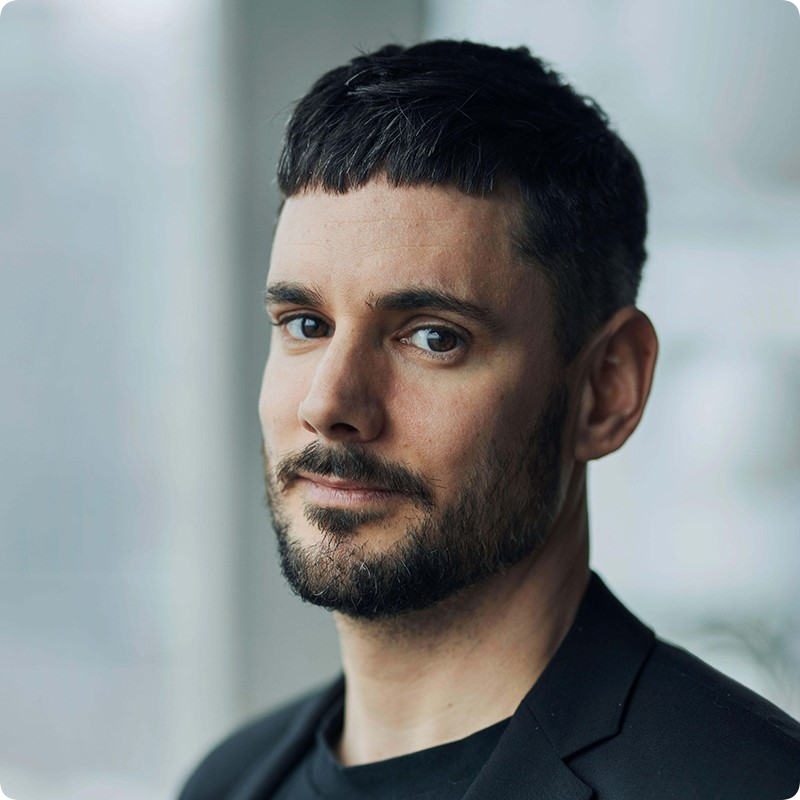December 1, 2023
Episode Summary
In this episode, Craig Applegath speaks with Robert Schmitz, who is a partner at White Arkitekter based in Stockholm, Sweden. In this episode, they delve into the embodied carbon advantages of mass timber, exploring how the growing mass timber industry can contribute to reducing environmental impacts across different sectors. They also examine the crucial role timber-focused architects play in driving the adoption of mass timber and gain insights from Robert’s Scandinavian perspective on the specific challenges and opportunities associated with building using this sustainable material.
In This Episode
Robert Schmitz (*1979, Stockholm) is an award-winning architect and one of White Architect’s leading partners. He has steered several of the company’s flagship projects from competition to completion with a special focus on designing public, civic and cultural buildings that encourage a sense of belonging. He is an award winning, modern-day pioneer of timber design and construction and the lead architect of the internationally awarded Sara Cultural Centre, the world’s largest, carbon negative timber building. Robert is director of the Stockholm competitions team, while providing strategic input into the management of the Stockholm studio. Furthermore, he takes part in international Architectural juries and is a highly appreciated keynote speaker worldwide.
Robert Schmitz

“You can’t do a concrete building and then just apply timber on it. It doesn’t work that way. You have to think of it as a timber building from the very beginning and work with the expertise of timber manufacturers so that we understand how can we best utilize the boards, for example.”
“That’s the fun part of being an architect these days, is that we are on the verge to actually, to have a new dogma for architecture in timber.”
Connect with Robert
Resources Mentioned in this Episode:
- Timber and Architecture by Shigeru Ban: https://www.penguinrandomhouse.ca/books/712536/shigeru-ban-timber-in-architecture-by-shigeru-ban/9780847872220
- Solid Wood by Joseph Mayo: https://www.routledge.com/Solid-Wood-Case-Studies-in-Mass-Timber-Architecture-Technology-and-Design/Mayo/p/book/9780415725309
- Detail’s, Multistory Timber construction (Robert has a contribution.): https://issuu.com/detail-magazine/docs/978-3-95553-394-6_bk_multi-storey_t
Land Acknowledgement
We wish to acknowledge this land on which the University of Toronto operates. For thousands of years it has been the traditional land of the Huron-Wendat, the Seneca, and the Mississaugas of the Credit. Today, this meeting place is still the home to many Indigenous people from across Turtle Island and we are grateful to have the opportunity to work on this land.